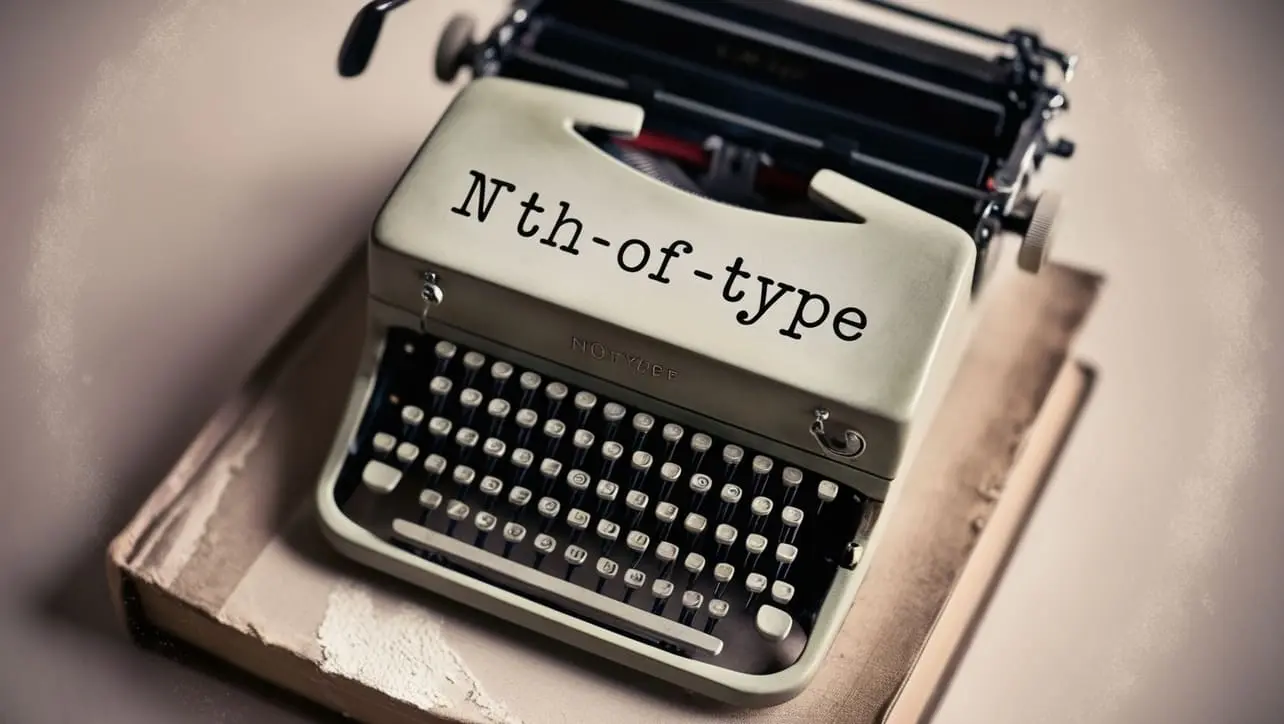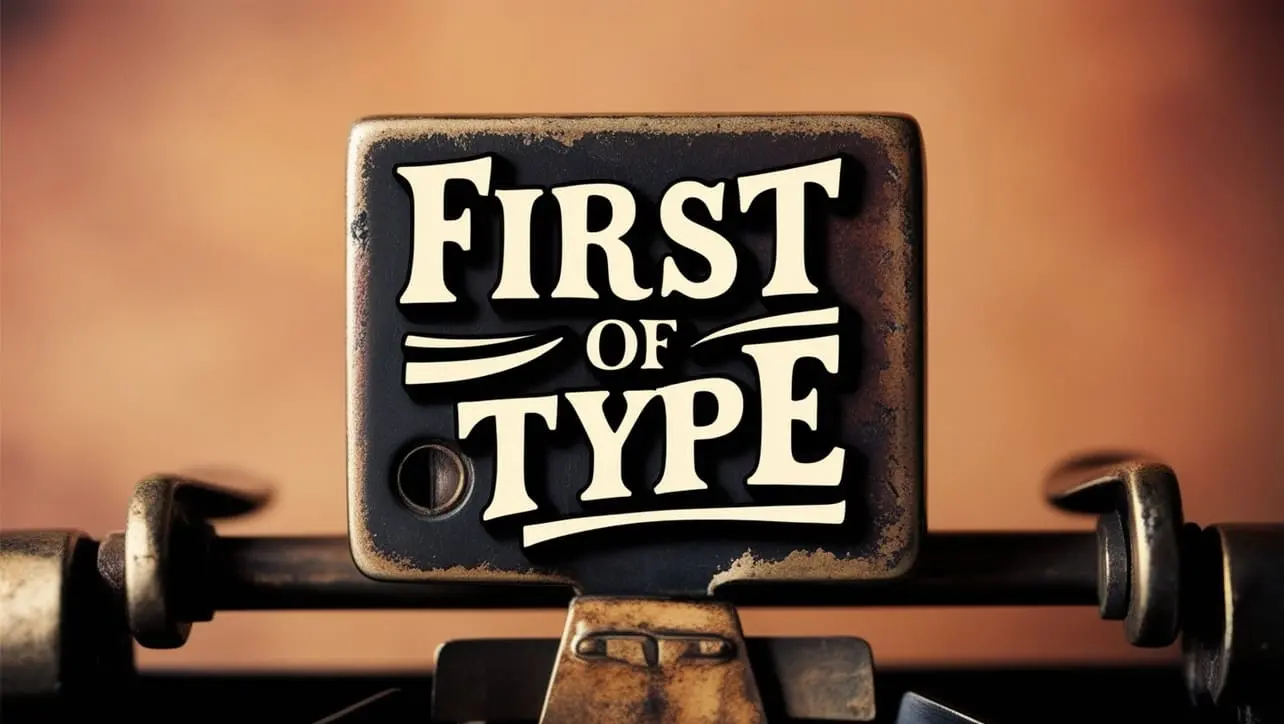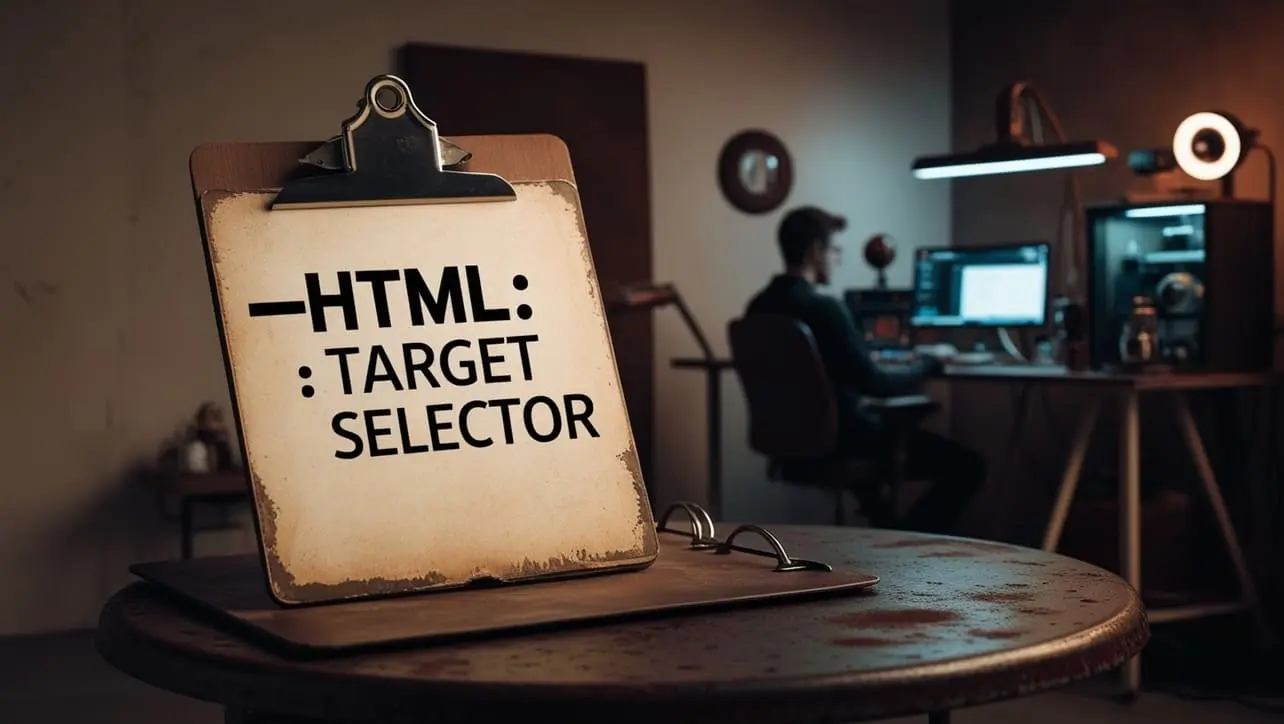
CSS :nth-child() Selector
The :nth-child() selector in CSS allows you to target specific elements based on their position in a parent element. By using this pseudo-class, you can style elements dynamically, such as every third item or a specific item number. Perfect for creating custom designs and layouts, it enhances the flexibility of your CSS styling. Improve your website’s visual appeal with efficient and precise styling using :nth-child().


CSS ::before Selector
The CSS ::before selector inserts content before an element’s content, often used for styling purposes without altering the HTML structure. It’s ideal for adding icons, decorative elements, or text. Compatible with all modern browsers, it enhances website design flexibility. Efficiently style pages while maintaining clean code.


CSS ::after Selector
The CSS ::after selector inserts content after an element’s content without altering the HTML structure. It is commonly used to add decorative elements like icons or text. The inserted content is styled using the content property in CSS. This powerful pseudo-element enhances the visual presentation of websites efficiently.


CSS ::placeholder Selector
The CSS ::placeholder selector is used to style the placeholder text within input fields and textareas. Customize font, color, and size to enhance user experience and match your website’s design. Perfect for adding a touch of style to form elements and improving accessibility. Learn more about how to effectively use ::placeholder to elevate your web forms.


CSS ::selection Selector
The CSS ::selection selector allows you to customize the appearance of text highlighted by users. With this pseudo-element, you can change the background color, text color, and more. Enhance your site’s user experience and design with unique selection styles. Perfect for improving the visual appeal and usability of your content.


CSS ::first-letter Selector
Enhance your web design with the CSS ::first-letter selector, which allows you to style the first letter of a text block uniquely. Perfect for creating standout headlines and first paragraphs. Discover how to apply custom fonts, colors, and sizes to grab attention. Optimize your site’s aesthetics with this simple yet powerful selector.


CSS :indeterminate Selector
The :indeterminate CSS selector targets form elements like checkboxes and radio buttons that are neither checked nor unchecked, typically used for tri-state checkboxes. This selector is useful for styling elements in an intermediate state, enhancing user interface design. Leverage :indeterminate to manage UI states effectively. Improve your web design with advanced CSS selectors for dynamic styling.


CSS :nth-of-type() Selector
The :nth-of-type() selector in CSS allows you to target specific elements based on their position among siblings of the same type. Ideal for styling elements dynamically, it uses a formula to select items, offering flexible control over your design. Enhance your web pages with precise, repeatable styles for better visual consistency. Perfect for efficient, targeted CSS styling.


CSS :invalid Selector
The :invalid selector in CSS targets form elements with invalid values based on their type or constraints. It is a useful tool for highlighting fields that do not meet validation rules, providing instant visual feedback. By using :invalid, you can enhance user experience and improve form usability. Implement it to ensure your forms are both functional and user-friendly.


CSS :last-of-type Selector
The :last-of-type CSS selector targets the last element of its type within a parent container. Ideal for styling the final item in a group, it ensures consistent design without extra classes. Use this selector to enhance your web layouts by applying styles only to the last occurrence. Perfect for clean, efficient, and dynamic CSS coding.


CSS :empty Selector
The :empty selector in CSS targets elements with no child nodes, including text. It’s perfect for styling empty containers or hiding elements without content. Use it to control the appearance of elements based on their content status, enhancing your website’s design dynamically. Optimize your layouts with precise styling using the :empty selector.


CSS :required Selector
The :required selector in CSS targets input elements that have the required attribute. It helps style form fields that must be filled out before submission. Use this selector to highlight mandatory fields and enhance user experience. Improve form validation visibility with :required in your CSS.


CSS :first-of-type Selector
The :first-of-type selector in CSS targets the first element of its type within its parent container. This allows you to style specific elements uniquely, enhancing design control. Perfect for creating distinctive styles for the first instance of an element, it simplifies precise adjustments in your layout. Boost your CSS efficiency by leveraging this powerful selector.


CSS :fullscreen Selector
The :fullscreen CSS selector applies styles to an element when it is displayed in fullscreen mode. Ideal for enhancing user experience in immersive applications and media players, this selector helps you control the appearance of fullscreen content. Utilize :fullscreen to ensure your design adapts seamlessly to fullscreen viewing. Optimize your site’s visual appeal with this powerful CSS feature.


CSS :hover Selector
The CSS :hover selector enhances user experience by applying styles when an element is hovered over. Ideal for interactive elements like buttons and links, it enables visual feedback on user actions. Use :hover to create engaging and dynamic web designs. Boost user interaction and improve your website’s appeal with this versatile CSS feature.


CSS :in-range Selector
The :in-range CSS pseudo-class targets input elements with values within a specified range. Ideal for form validation, it helps style elements that meet range criteria. Enhance user experience with dynamic styling based on input values. Learn how to use :in-range to refine your web forms and improve usability.


CSS :root Selector
The :root selector in CSS targets the highest-level element in a document, typically the tag. It’s ideal for defining global variables using custom properties (CSS variables) that can be reused throughout the stylesheet. Leveraging :root enhances maintainability and consistency in your CSS code. Discover more about effective use of :root to streamline your web design process.


CSS :target Selector
The :target selector in CSS is used to style the currently targeted element in a document. It applies styles to an element that matches the fragment identifier in the URL. Perfect for creating dynamic and interactive effects, the :target selector enhances user experience by highlighting sections or triggering animations. Discover how to leverage :target in your designs for seamless and engaging web interactions.
